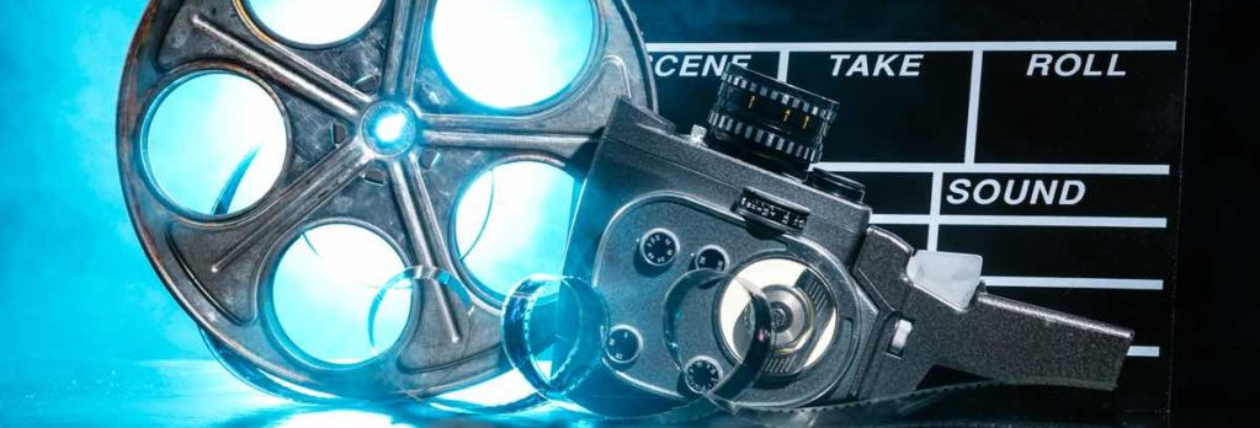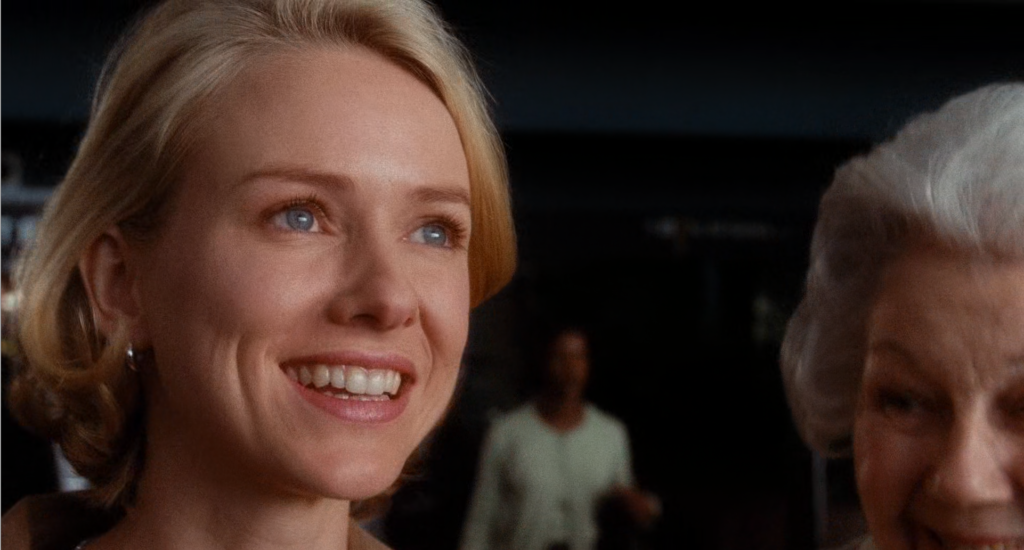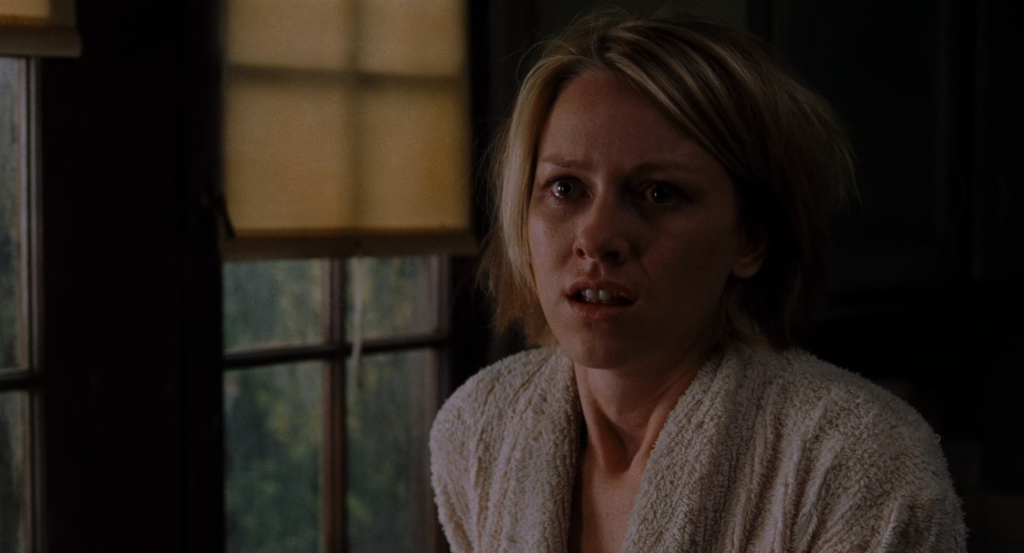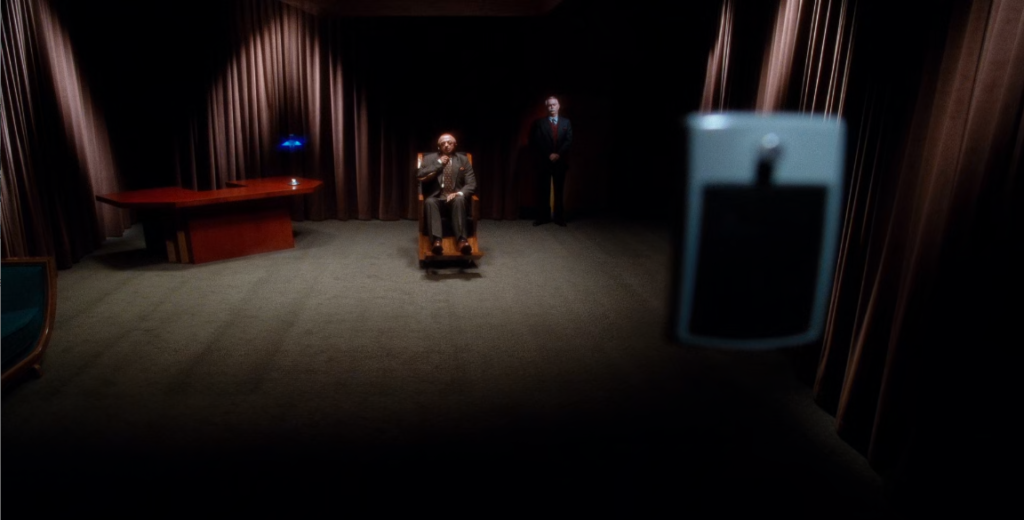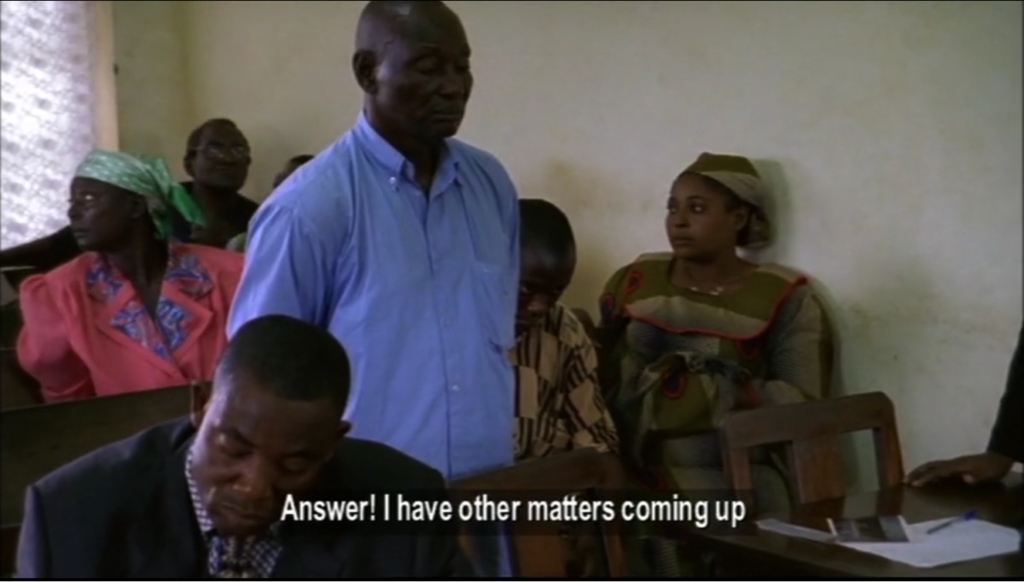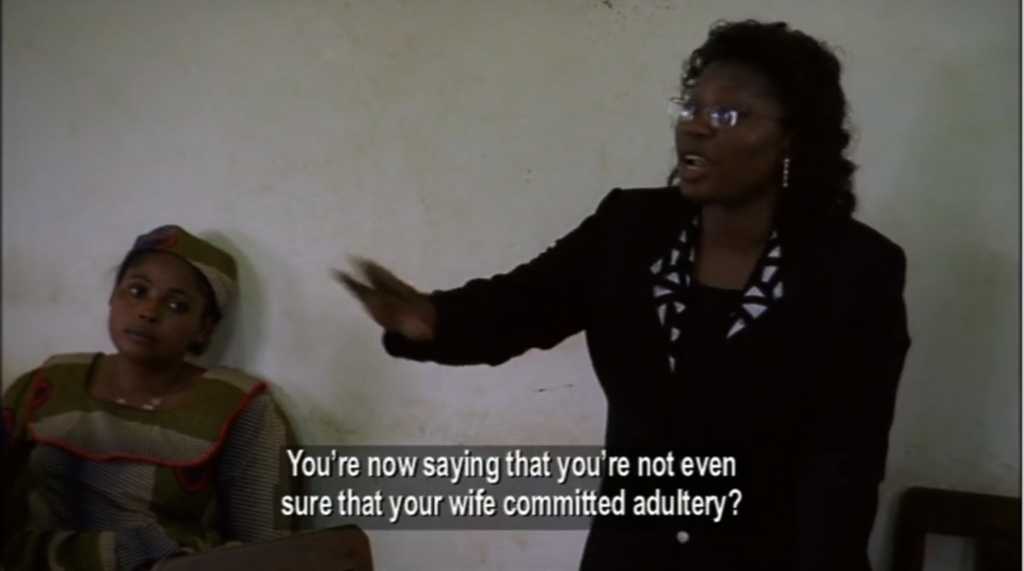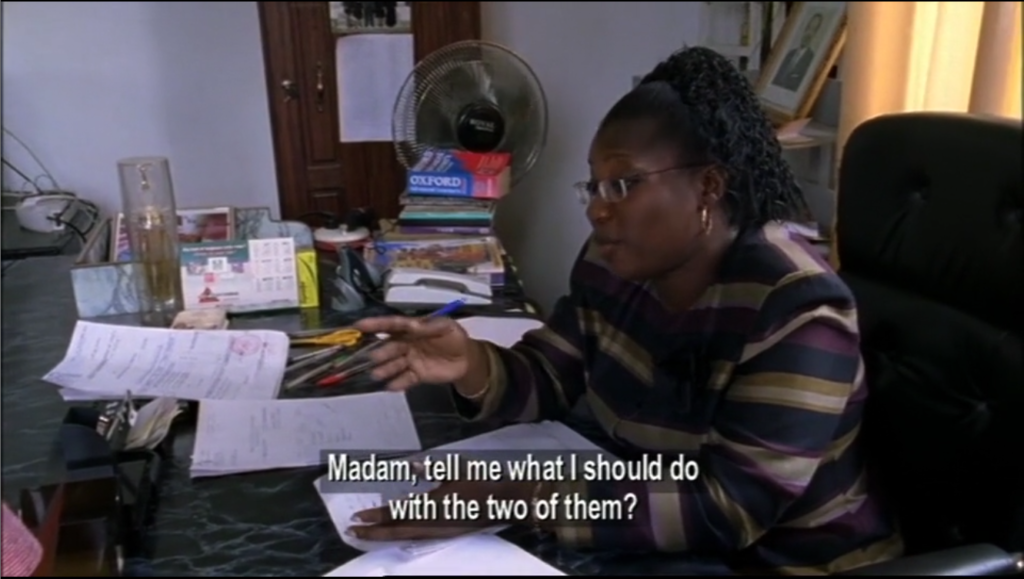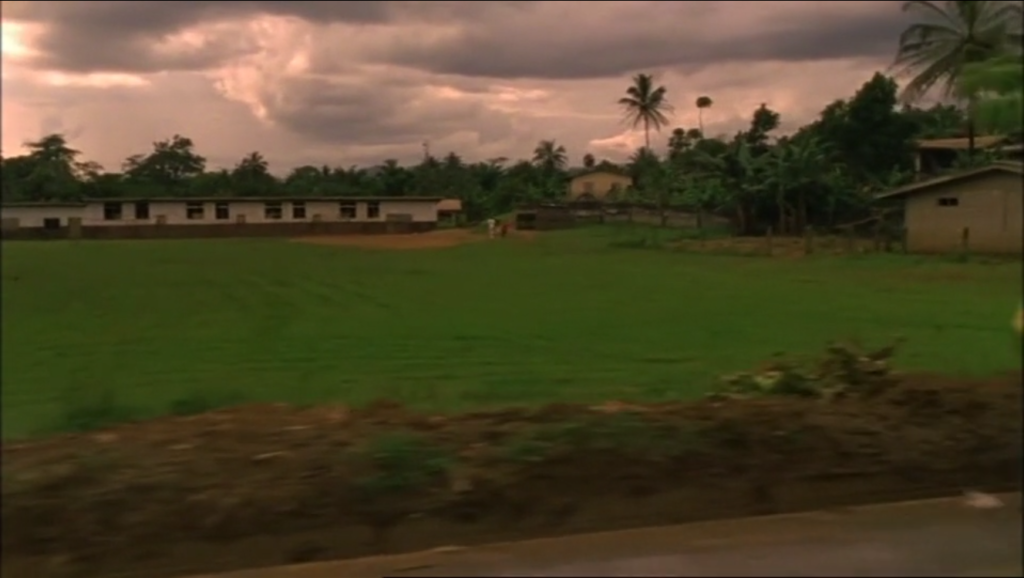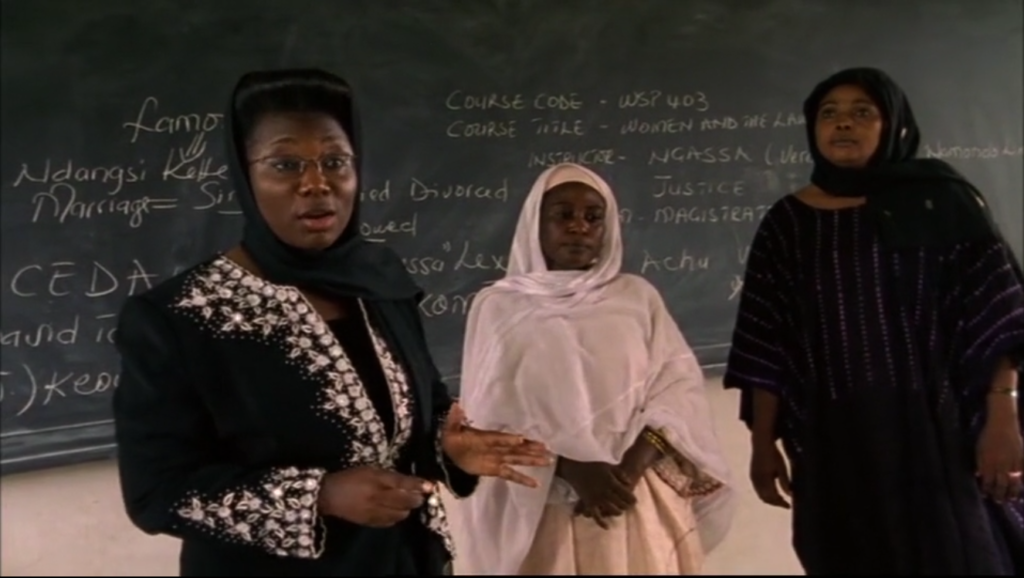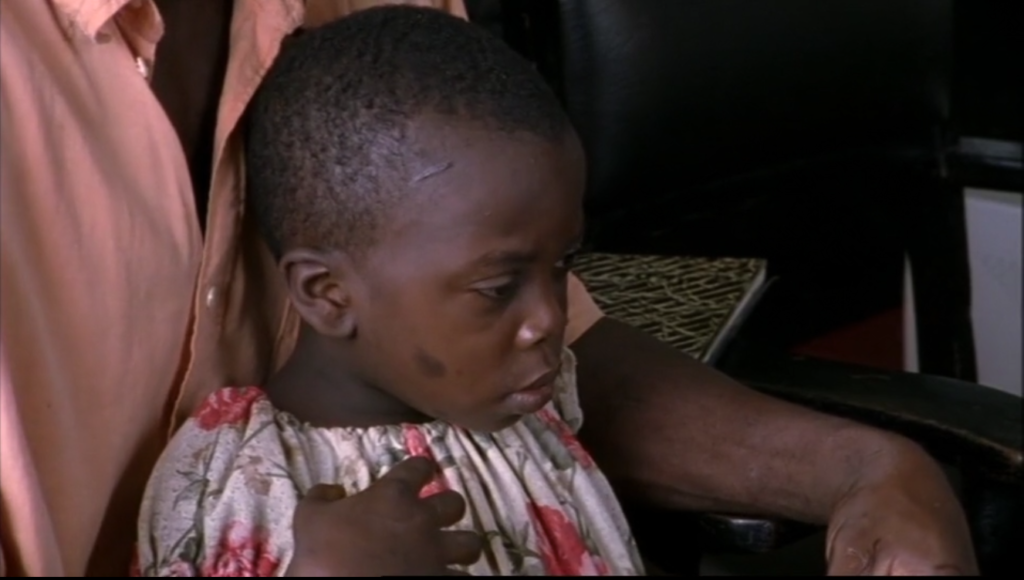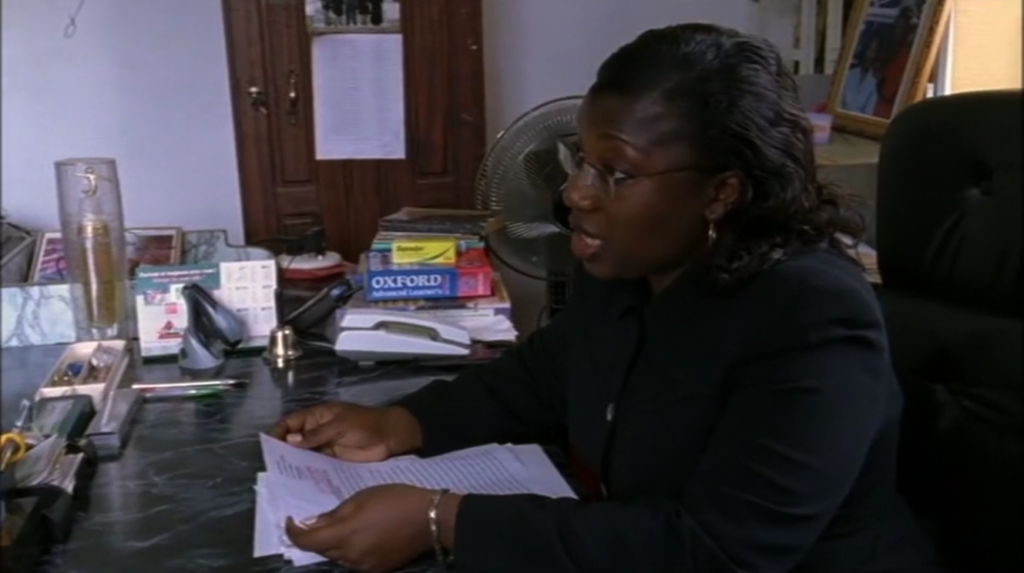Cinematography – The composition of shots in the film create intertextual references to the work of artist Edward Hopper, giving scenes set in the modern day a 1950s aesthetic. This perhaps suggests to the audience that the events are taking place in a ‘dream world’ or Diane’s mind as opposed to real life.


Mise en scene – The emptiness of shots in Mulholland Drive, especially in the scene depicting the Hollywood executives watching events unfold from a secret room, create a tense and confusing tone. The large amounts of space come across as unsettling and make the characters in frame look distant, reinforced by Lynch’s choice to give actor Michael J. Anderson, who is 3ft 7, fake legs to make him appear taller.

Sound – In the scene where Diane is haunted by the old couple, a combination of sounds including knocking at the door, the laughter of the couple, Diane’s screaming and a distorted instrumental track. This makes Diane’s deteriorating and guilt-ridden mental state clear to spectators and how tormented she is by her own actions.


Editing – The cut between Diane at Adam and Camilla’s party and Diane sat in the diner with the hitman, which is prompted by the sound of smashing plates, may be used in order to reinforce the idea of Diane’s troubled mental state and how her mind is constantly on other things.


